The basic premise of the project is, that during daytime, there's relatively plentiful source of the primary energy (solar panels can be bought in larger sizes if necessary), but the key issue is to provide enough energy to sustain rudimentary functionality during night. Even if the time is not been indicated during night, storing energy for timekeeping alone may be challenging enough.
The "root" project concluded, that for the given goal it is necessary to omit parts based on "chemical" principles. This largely disqualifies the conventional energy harvesting models, which rely on accumulators and/or supercaps.; even electrolytic capacitors are off. Omitting exotic principles such as mechanical storage, we are left with a short list of "solid-state" capacitors. This project will try to find a way to make the best use of them.
While the discussion in the "root" project identified also other potential issues (e.g. enclosure), for sake of simplicity, we are not going to be bothered by these here.
 Jan Waclawek
Jan Waclawek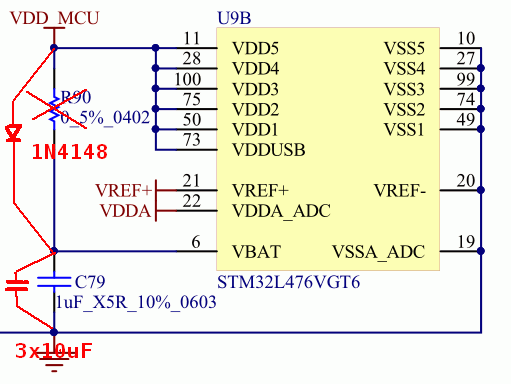
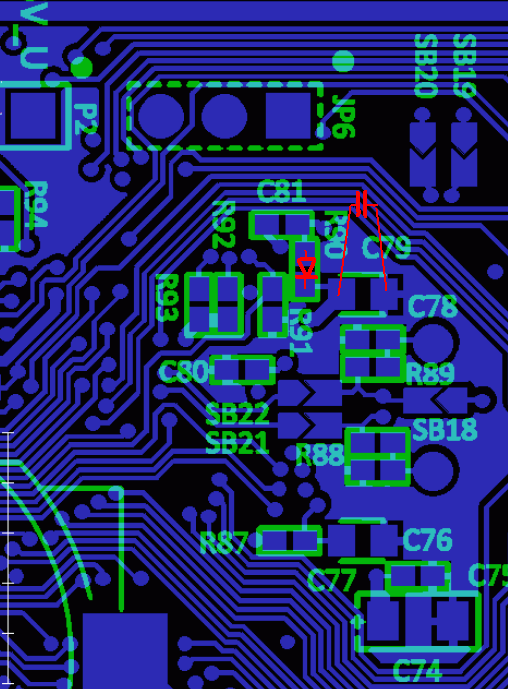
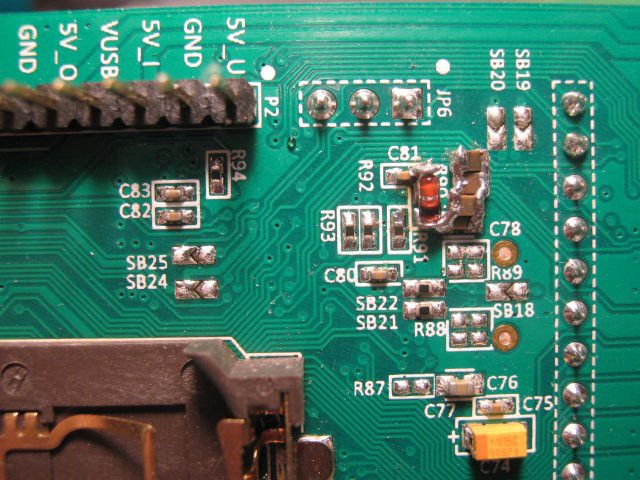
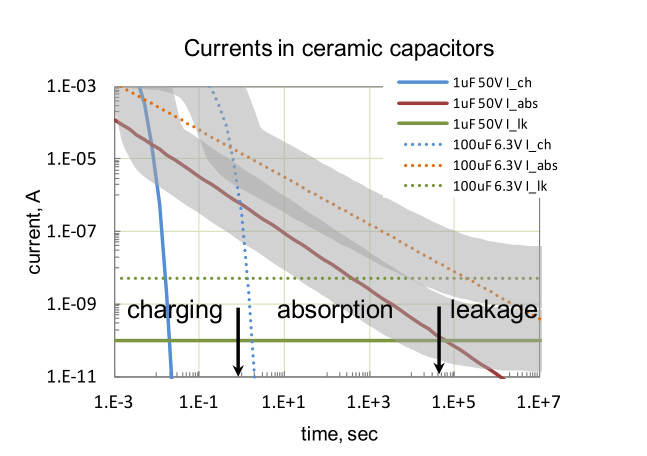

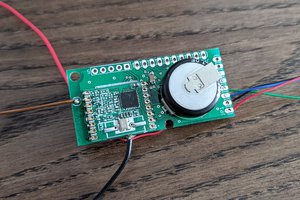
 strange.rand
strange.rand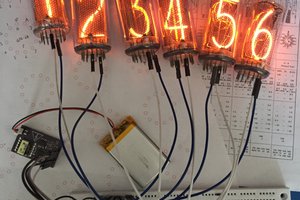
 Paul Andrews
Paul Andrews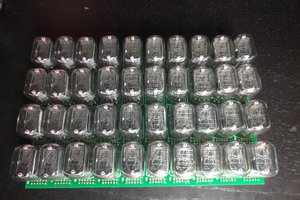
 robert.c.baruch
robert.c.baruch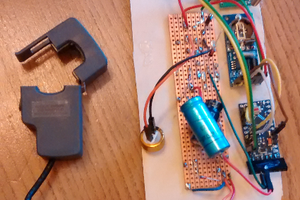
May I suggest a completely different approach. How about a large battery?
Batteries are simply two different metals that are near each other in an electrolyte.
If you drive two posts or pipes into the ground, near a house, they will produce a very low voltage of power. This is called an earth battery. If you connect wires, you will have power for a very long time while these rust or oxidize away. We know iron and copper water pipes last over 100 years. The Bagdad battery technology goes back a very long time.
If you are going to last 100 years there are a couple of things one needs to consider. The Amount of material, the connections and where you place it. I believe simply driving two pipes or stakes into the ground could work, depending on the energy harvesting circuit. You could make a series of batteries as well.
Here are a few projects illustrating it.
https://www.youtube.com/watch?v=aCCK132OIGA
https://www.youtube.com/watch?v=0F8cE4N42NQ
https://www.youtube.com/watch?time_continue=72&v=-mfKMDE55gs
https://www.youtube.com/watch?v=ScfxHHWOAhI
https://www.youtube.com/watch?v=hWnMReMXq5Q
I would just suggest upsizing the battery so that it will have plenty of sacrificial material to last 100+ years. Connections will need special care so they do not corrode first. Lighting, could disrupt your circuit, Personally, I would prefer building the cell inside, know that it might be necessary to water it every 20 years. (This though is not really true to your goal.) Burying the cells outside solves the watering problems, but could cause other problems like adding holes to a home.